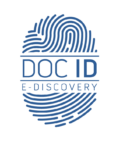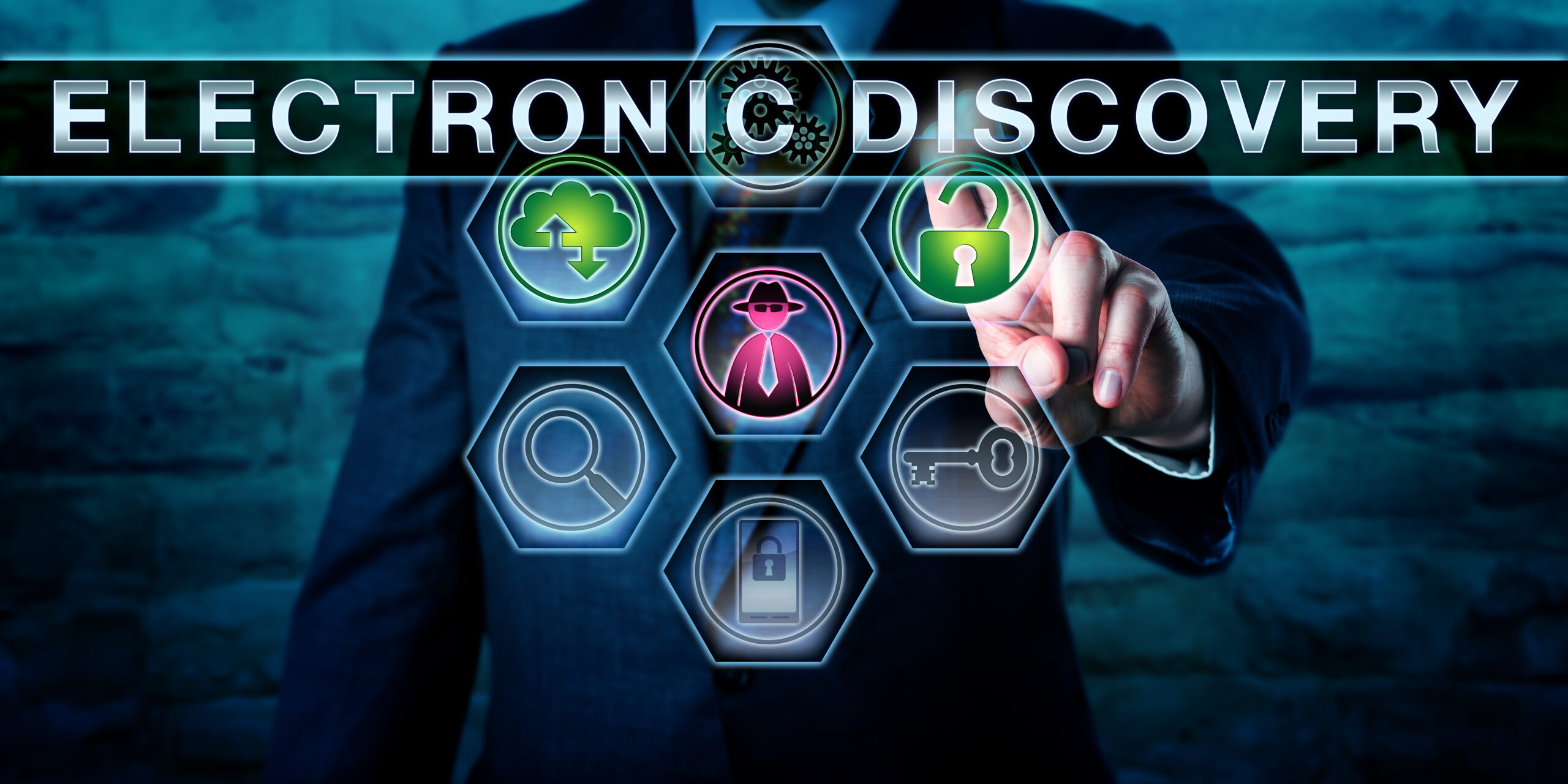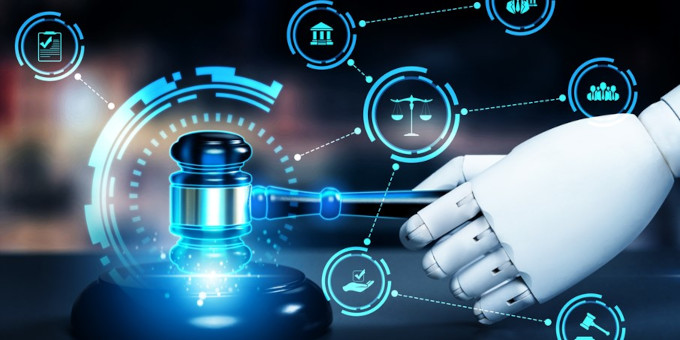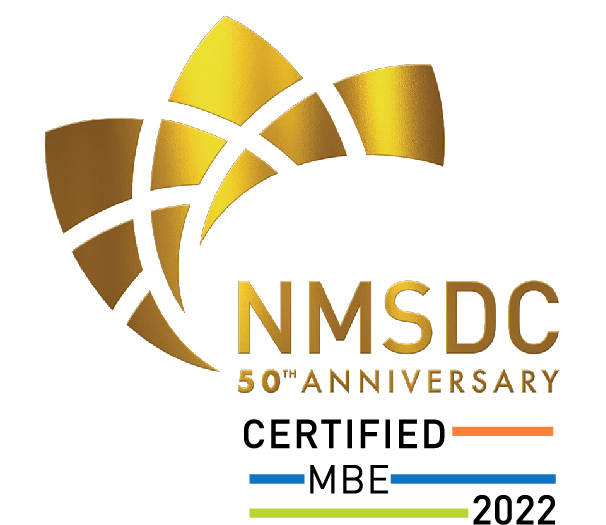In the early days of e-discovery, companies typically outsourced most activities to third parties, namely law firms and service providers, who actually did the e-discovery work. A significant legal trend in recent years has been an increase in the number of companies attempting to bring more of the e-discovery process in house.
What is eDiscovery?
The purpose of this guide is to describe the fundamentals of eDiscovery. If you are involved in modern litigation or investigations, you will almost certainly encounter eDiscovery. However, we should note that while the legal profession now recognizes eDiscovery as a distinct practice area, the word is really an artificial construct.
eDiscovery is really just another way to describe discovery, the process of obtaining and exchanging evidence, or information that might potentially become evidence, in litigation. But as the world has moved almost exclusively to electronic communications, some legal professionals began adding the “e” to make it clear that electronic records were now involved. So at a basic level, eDiscovery describes the process of discovery, updated to address the challenges and complications of collecting, reviewing, and producing evidence in the modern, digital world.
The Ediscovery Process: Start to Finish
Ediscovery generally begins when a lawsuit becomes foreseeable and continues until the case goes to trial. The ultimate goal of ediscovery is to produce a defensible volume of digital evidence through the following process:
- Identify relevant data and place it on legal hold.
- Determine the scope of discovery, pinpoint the relevant ESI, and initiate ediscovery requests and challenges.
- Negotiate search parameters, identify relevant evidence, and screen out irrelevant information to reduce the overall effort required for search, review, and production.
- Extract, analyze, and convert evidence into PDF or TIFF format for use in court.
Automating the manual components of ediscovery can help accelerate an often time-consuming and costly process to create a more efficient review and production workflow.
Why Does eDiscovery Matter?
eDiscovery is crucial for legal teams to provide comprehensive and competent representation. The Federal Rules of Civil Procedure (FRCP) now include provisions recognizing eDiscovery as an important procedure for civil lawsuits. Common malpractice claims are the result of laziness, bad recordkeeping by the attorney, and ineffectively leveraging eDiscovery tools.
As the scope of ESI intensifies, attorneys must start learning new technical skills that are now more commonly taught in law schools.
In order to reduce costs, legal departments and law firms brought eDiscovery in-house, while in the past, most eDiscovery tasks were outsourced. Leveraging Legal Discovery software like Casepoint saves time and reduces risky data transfers by using one secure, cloud-based platform with role-based security and customization. Users are also able to quickly process, cull, and find important data with easy-to-use technology that’s powered by artificial intelligence. This is beneficial to easily meet deadlines and handle the increasing volume of requests that are related to GDPR, CCPA, CPRA, and other data privacy regulations that are on the rise. Users are able to strengthen overall compliance and data breach response as well.
How does eDiscovery work?
While there are several steps involved, it is a nonlinear and ongoing process, meaning steps are often repeated, and can involve several changes along the way depending on the direction of the case. With thousands of successful cases completed, Parcels’ experts are on hand to guide you and your legal team through this process.
- Information Governance
“Getting your electronic house in order to mitigate risk & expenses should eDiscovery become an issue, from initial creation of ESI (electronically stored information) through its final disposition.” Simply put, this is the management of electronic information, and establishes balance between both usage and security of said information.
2. Identification
This is the first major point of the process — searching through your data, and identifying key documents and data points to be sifted out from the larger bulk of documents. As a party in a case, this is your opportunity to prepare and discuss the extent and limitations of eDiscovery as it relates to the case.
3. Preservation & Collection
Once data has been collected, it is important that you secure the data to avoid tampering and destruction (known as “spoliation” in legal terms) by any party. Should you be the one who is holding this data, you will receive a legal hold request by the legal team instructing you to not delete those documents.
Once all of the ESI has been preserved in a defensible manner, the collection of data must be uploaded in such a way that all of the metadata is maintained in its original format, and key attributes retained.
4. Processing/Review/Analysis
Processing involves taking the data collected and preparing it for review by the attorneys on the case. Using a premier eDiscovery software like Relativity, which is designed to accurately process the data, attorneys work to eliminate redundant, irrelevant or unneeded data.
Review is the key point in the whole process, where the ESI is evaluated for relevance to the case, as well as what should be counted towards attorney-client privilege. Artificial Intelligence is making inroads to eDiscovery particularly during the review process, saving both time and money for clients attorneys.
Analysis is the assessment of patterns in the ESI that could be relevant to the case. While analyzing the data should be ongoing throughout the EDRM process, it is particularly useful once more and more unneeded data has been stripped away.
5. Production
Once the processes has concluded which relevant ESI pertains to the case, it must be produced as potential evidence. Communication between parties throughout the whole EDRM process will allow production to proceed more smoothly, and in fact it is mandated by Federal Rules of Civil Procedure.
6. Presentation
This is the process by which it is determined how the ESI will be presented during the hearings, trials, etc. The presentation of data should be properly formatted for each case, and be prepared to be shown in front of a jury.
Why Is E-Discovery Such a Struggle?
So if we all agree that e-discovery is important, why do legal professionals struggle with it so much?
There is an old joke among lawyers that the reason they started studying law in the first place was simply to avoid math and science. That’s probably not universally true, but it’s undeniable that e-discovery burdens many legal professionals and tasks for which they aren’t particularly knowledgeable or prepared.
Conclusion
Given the shift to remote-based work, ediscovery has taken a more prominent role in the lives of legal professionals. Cloud-based tools that facilitate remote collaboration seamlessly amongst legal teams are now more than a luxury; they’re a requirement. The adoption of ediscovery platforms will continue to grow even in a post-COVID world, so it behooves legal professionals to continue to understand, and ultimately, make the transition to self-service ediscovery platforms and tools.
By: Grant Tschudy








Leave A Comment